Even years after its release, the Google Pixel 2 XL is an amazing result of the company's combined software and hardware efforts. While the phone has been surpassed by the Google Pixel 3 XL, and the potentially more affordable Google Pixel 3a XL, it's still a showcase of how far Google's design (and the stock Android experience powering it) has come over the past few years. At this point, it's cheaper than the latest flagship, too.
The Google Pixel 2XL debuted with some interesting features, such as Google's smart lens feature and the slick new Pixel Launcher. As a first-party device, it also gets its first crack at the Android Q beta.
BERLIN WEATHERIn many ways, this is Google's best phone yet, and even more affordable years after its release. Its impressive design and stellar, plus size screen go hand in hand with the fierce competition. The real kicker here are its cameras, which manage to beat most, if not all, phones that came before it.
A look at the best Google Pixel 2 XL cases
However, it is also the company's most expensive phone. And for that pile of cash, you can easily find a competent option that outperforms the Google Pixel 2 XL in terms of hardware features (such as expandable storage and wireless charging).
There are also reports of Google Pixel XL screen burn-in issues when a static image stays on the OLED display for too long. So far, these issues are minor and shouldn't discourage you. We'll keep this review updated as we hear more, and if you want to keep up with the issues affecting some models, head over to our guide that can teach you how to fix some of them.
Interestingly, perhaps the biggest competitor working with the Pixel 2 XL is the smaller Google Pixel 2, which sells for $200 (£170, AU$329) less.
The two are very different in some ways that might matter to you (with the XL offering a bigger battery, slimmer bezels and a bigger, better screen), but the cheaper option provides largely the same experience.
Google noted the lack of differences between the two models as an advantage, not-so-subtly digging at Apple's decision to include a dual rear lens camera only in the iPhone 7 Plus and iPhone 8 Plus.
And it's true: fewer differences make the purchase decision easier, effectively reducing it to screen size and quality preferences.
Are you an entertainment junkie who demands stock Android, a large, pixel-dense display, and a forward-thinking design? If so, you'll be hard pressed to find a phablet that can take better pictures and is guaranteed to update well in the future with Android P and Android Q.
Google Pixel 2 XL price and release date
- $120 more than last year's Pixel XL, further widening the gap between Pixel 2 options
- At this point, most people who pre-ordered will have the device in hand by the end of November.
- The eSIM technology is great, but it only works with Project Fi in the US.
The Google Pixel 2 XL release date is October 19 in the US, UK, Canada, Australia, Germany and India.
The phone is currently available for pre-order, but may not ship to you right away. We've noticed that the Google Store for the UK, for example, lists a delivery wait time of five to six weeks.
As mentioned earlier, the Pixel 2 XL starts at $849 (£799, AU$1,399) for the base 64GB model, while the 128GB version costs $949 (£899, AU$1,549).
This is more expensive than last year's pricing scheme, where the original Pixel XL sat at $120 above the smaller option. The result? It now costs $200 ($170, AU$329) more to make the jump between the Google Pixel 2 and the larger version.
In every region where the Pixel 2 XL is available, you can unlock it at the prices listed above, though local carriers like Verizon in the US, EE in the UK, and Telstra in Australia will offer the phone for a monthly rate.
Best of all, many retailers are offering a free Google Home Mini with initial orders.
The Google Pixel 2 XL is the first smartphone to feature built-in eSIM technology, which means no SIM card is required. Just download the necessary data to the phone and you're all set.
Unfortunately for most, this feature currently only works with Project Fi, Google's own wireless carrier that operates in the US. We're Fi subscribers and wanted to give it a try, and it was as easy as we hoped.




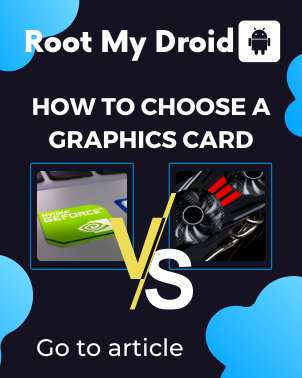





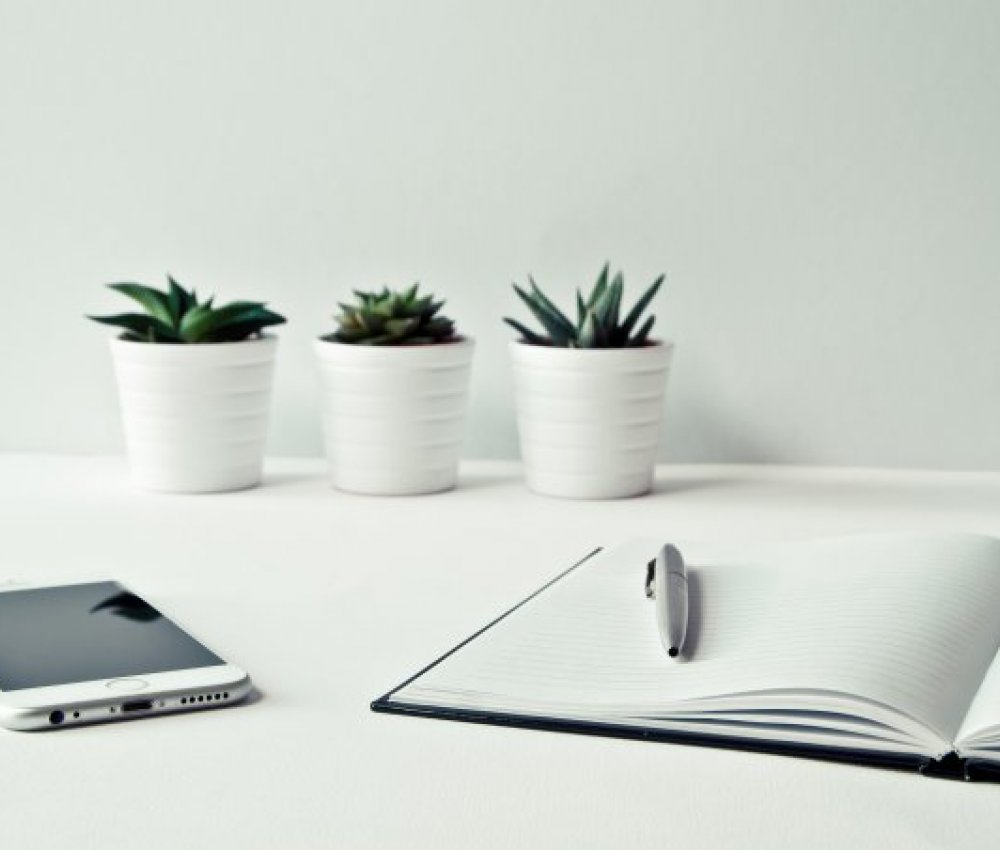
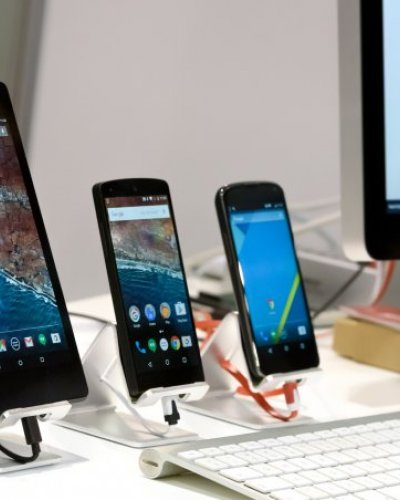
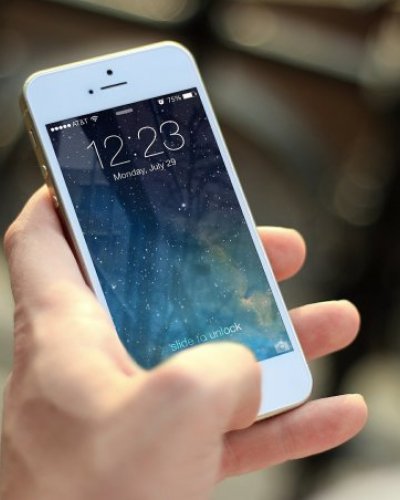
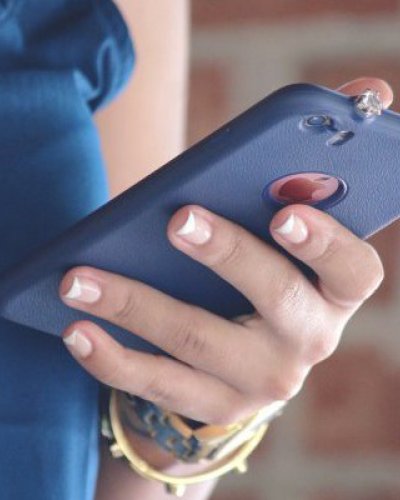
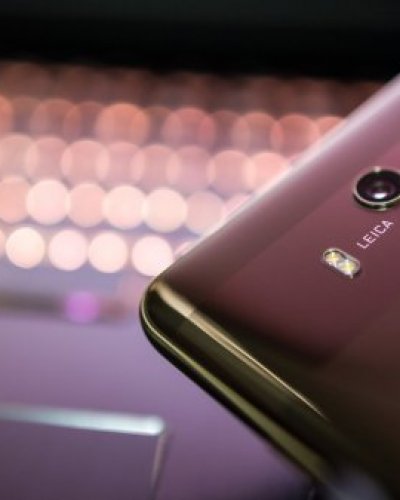
Comments (0)